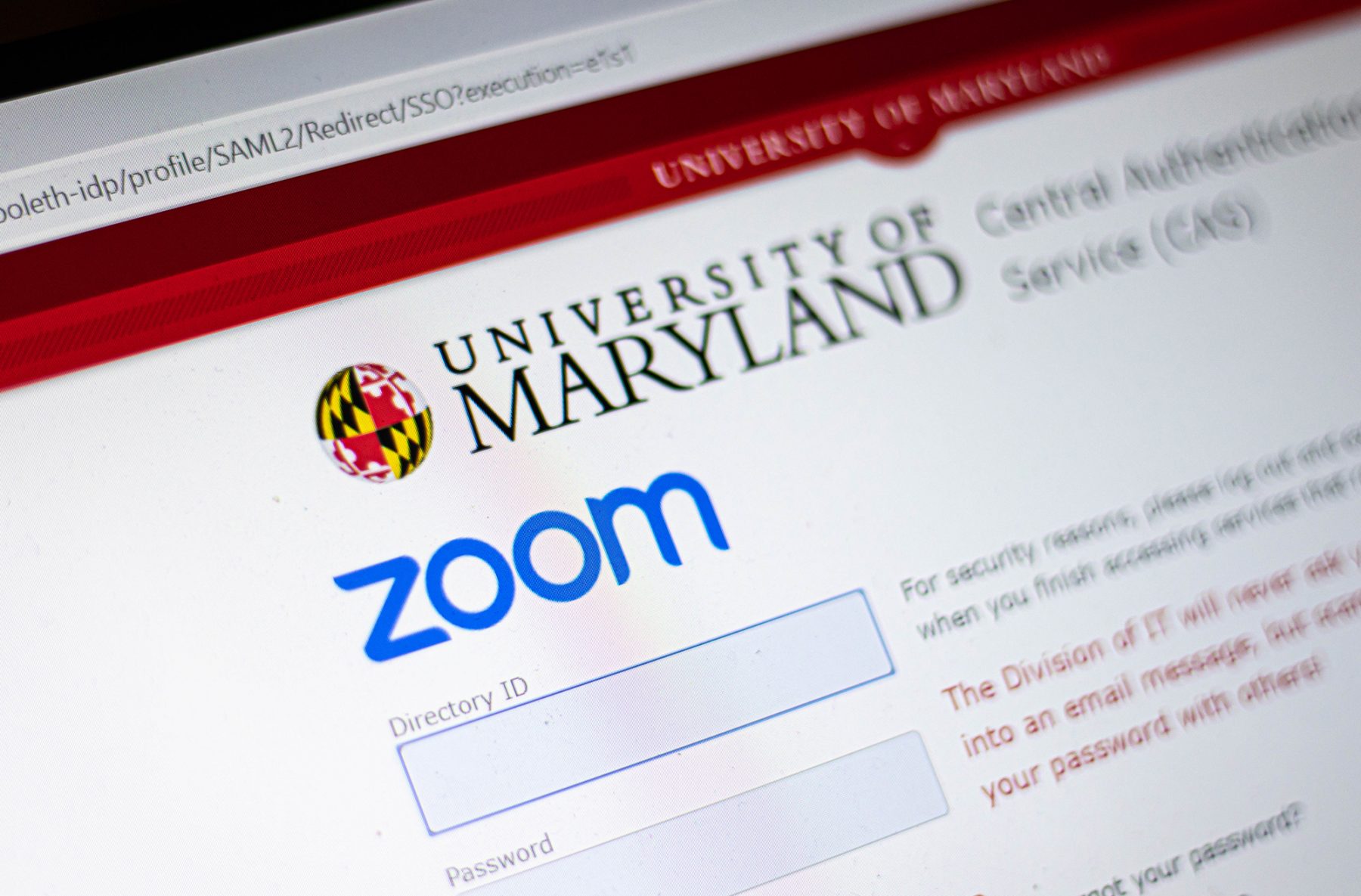Views expressed in opinion columns are the author’s own.
Today I woke up with my iPhone alarm, emailed a professor through Canvas, edited a group project on Google Docs, then attended an online discussion via Zoom. I never left my house.
This has been my new reality since the University of Maryland transitioned to online classes in an effort to curb the coronavirus pandemic. Abnormal as the rest of the semester may be, there’s one thing you can’t deny — we are living in a digital age.
It’s in these challenging times that the weaknesses of our educational system are revealed. Coronavirus has shown the necessity of digital literacy in higher education. And despite being immersed in a world of technology, many universities lack the proper infrastructure for effective and equitable online teaching. Therefore, this university should use the transition to online classes as an opportunity to refine its approach to blended learning.
The value of technology in education has been contested in the past. I concede that some technology can be distracting in the classroom, and online lectures aren’t always as engaging as face-to-face time with a professor. However, we need to work with technology, not against it. It would place students at a disadvantage if, upon the return to our post-pandemic campus, we forgot the value of using online resources in education. Technology doesn’t have to replace traditional methods of teaching, but it can enhance the overall educational experience if integrated with in-person meetings.
Not only will technology improve the learning experience for students in the classroom, but it will also prepare students for their futures in the professional world. Consider any career that takes place in an office setting. Employees video-conference with coworkers across the country, use computer programs to develop graphics and reports, and rely on digital security systems to protect valuable information. Or consider the modern healthcare industry, which would be helpless without technology. Nurses and doctors record medical histories on tablets, communicate with patients through online portals, perform complicated surgeries using robots and more. This university’s approach to teaching must reflect these ever-evolving workplaces if it wants its students to succeed after college.
So, what steps has the university taken to enrich blended learning during the pandemic? I admit that I’ve been wary about this university’s potential coronavirus response in past columns, but I’d like to commend the university for how it has handled the transition to online classes.
The university has been diligent about recording feedback from students and professors throughout this entire process. I’ve received multiple surveys about any technology-based concerns I may have while working from home. In response to this feedback, the university has provided access to computers, software, and WiFi hotspots for students without adequate resources. It has also changed the grading system to provide an option of pass-fail, offered free access to online textbooks and created two websites — “keepteaching.umd.edu” and “keepworking.umd.edu”— which compile resources for online learning and working.
These are all positive signs that the university is acknowledging its students’ diverse circumstances. The coronavirus has reminded us that education must be more equitable and, in turn, can be tailored to individual needs through the implementation of technology.
University President Wallace Loh was right when he said that higher education will never look the same after coronavirus. This is a good thing! The transition has forced the university to reexamine traditional methods of teaching. This is a great opportunity to exploit technology for the better — from designing personalized lesson plans to preparing students for the post-college digital world. If we continue to recognize this after the pandemic, then the university can emerge even stronger than before.
Allison Cochrane is a junior biology major. She can be reached at allisonc@umd.edu.



